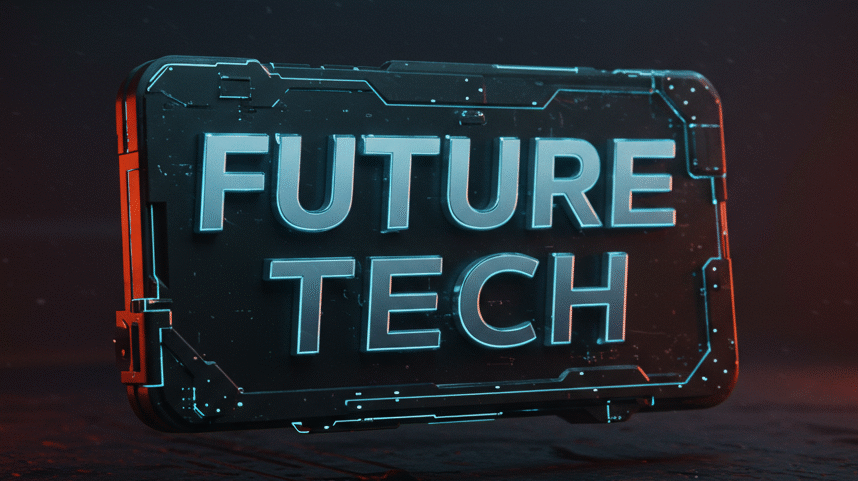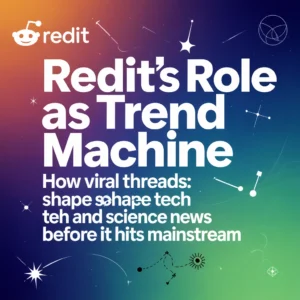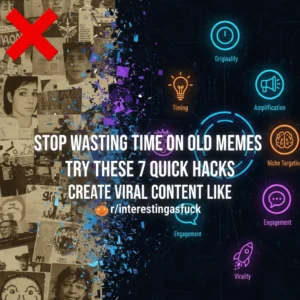Ever wonder why your grandmother's been asking about "deep fakes" at family dinners? It's because deepfake regulation 2025 just became everyone's problem.
Here's a stat that'll make you think twice about that video call: deepfake attacks have exploded by over 2,000% in just three years. That means roughly every five minutes, someone's dealing with AI-generated fake content designed to deceive, defraud, or destroy reputations.
But here's the good news – lawmakers finally woke up. 2025 became the year everything changed for AI safety and digital security. Let's break down what this means for you, your business, and basically anyone who uses the internet.
The New Legal Landscape: What Changed in 2025
Remember when deepfakes felt like sci-fi movie stuff? Those days are over. President Trump signed the TAKE IT DOWN Act into law in May 2025, creating the first real federal framework for dealing with synthetic media.
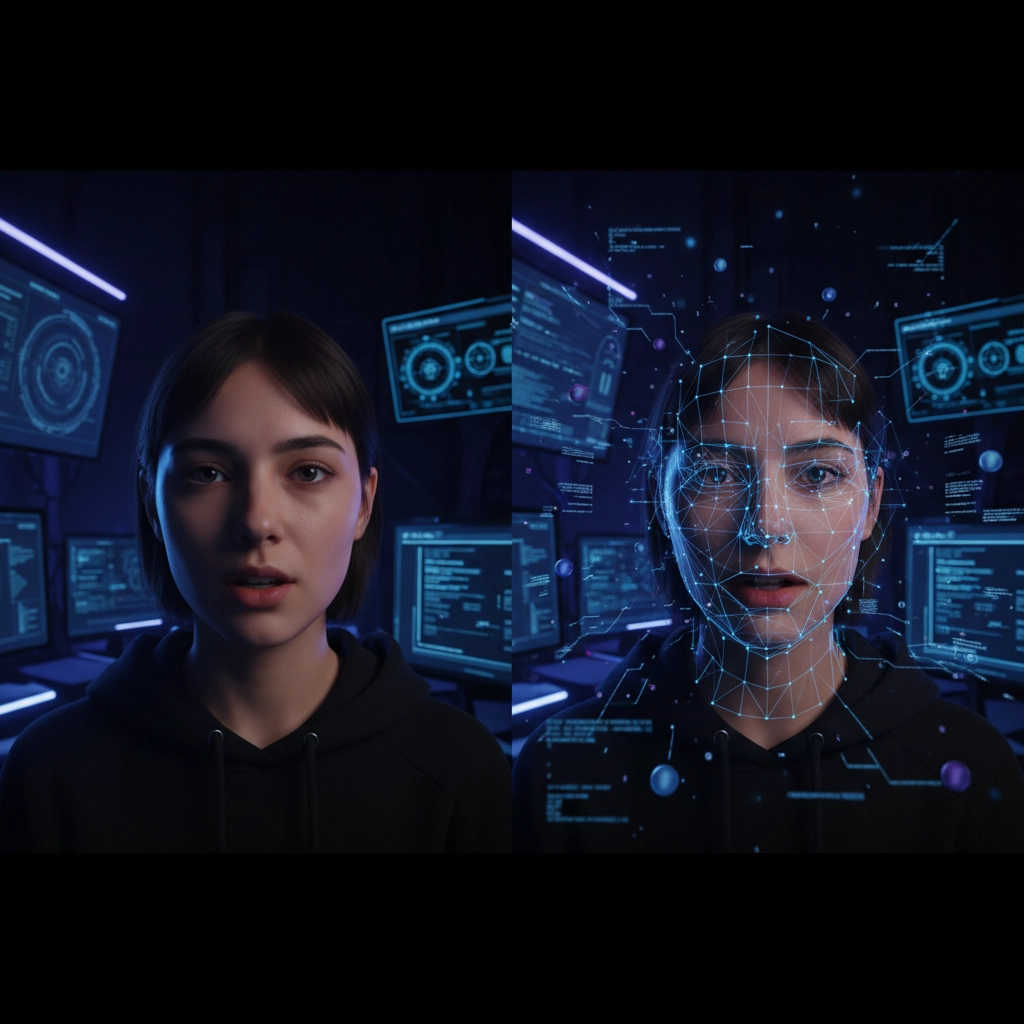
This isn't just another tech law that nobody reads. The TAKE IT DOWN Act hits hard with criminal penalties up to 3 years in prison for creating non-consensual intimate deepfakes. But here's what's really interesting – it doesn't just go after the creeps making this stuff. It puts the squeeze on platforms too.
Starting May 2026, every major platform has to remove reported deepfakes within 48 hours. Miss that deadline? The FTC comes knocking. That's why you're seeing social media companies scrambling to build better detection systems right now.
The state level tells an even crazier story. Michigan became the 48th state to pass deepfake laws in August 2025. That leaves only Alaska, Missouri, and New Mexico without comprehensive protections. We went from a few pioneer states to nearly universal coverage in just a couple years.
And it's not just America. The EU AI Act started requiring deepfake labels in August 2025. The UK made platforms legally responsible for removing fake intimate content. Even Tennessee passed the ELVIS Act (yes, really) protecting against AI voice cloning.
How to Spot Deepfakes Before They Fool You
Okay, but how do you actually protect yourself when the technology keeps getting better? The old advice about "look for weird shadows" doesn't cut it anymore when we're dealing with professional-grade AI tools.
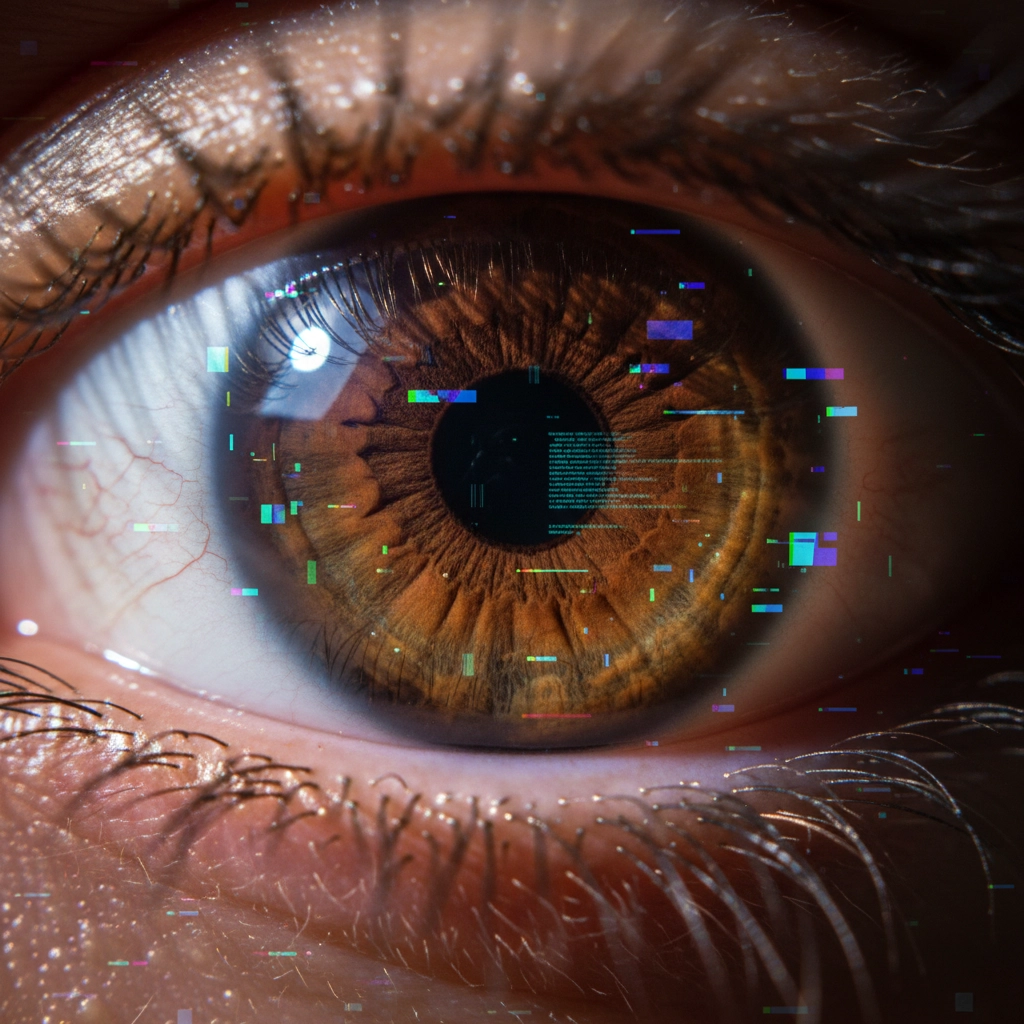
Here's your practical deepfake detection toolkit:
• Check the eyes and blinking patterns – Still one of the hardest things for AI to nail perfectly
• Watch for inconsistent lighting across different parts of the face or body
• Listen for audio sync issues – Voice might be slightly off from lip movements
• Look at background elements – AI often struggles with maintaining consistent backgrounds
• Trust your gut on emotional expressions – Deepfakes can look "uncanny valley" during intense emotions
• Verify through multiple sources – If it's important news, check if other outlets are reporting it
• Use reverse image search tools to check if the content appears elsewhere online
But here's the thing – you shouldn't have to become a forensic expert just to scroll through social media safely. That's why the new tech laws matter so much.
My friend Sarah learned this the hard way last month. She almost fell for a deepfake video of her "CEO" asking her to wire emergency funds to a new vendor. The only thing that saved her company $50,000 was a gut feeling that the CEO's speech pattern seemed off. She called to verify, and sure enough – he was in a meeting across town with no idea about any wire transfer.
Your Action Plan for Digital Security
So what should you actually do about all this? The new deepfake regulation 2025 landscape gives you some protection, but you can't just sit back and hope Congress has your back.

For Personal Protection:
Start by reviewing your privacy settings everywhere. Those photos you post publicly become training data for deepfake creators. Consider watermarking important personal content or using platforms that verify authentic uploads.
Set up verification protocols with family and friends for anything involving money or sensitive information. Sarah's story could've been avoided with a simple "call to confirm" policy for any unusual financial requests.
For Business Owners:
You need an incident response plan specifically for deepfakes. The new 48-hour removal requirement means you can't wait around once fake content involving your business surfaces online.
Train your finance team to verify any payment changes or urgent transfer requests through separate communication channels. Deepfake audio calls targeting businesses are becoming incredibly sophisticated.
Consider investing in deepfake detection software, especially if you're in finance, legal, or any industry where audio/video communications involve high-value decisions.
For Everyone:
Stay informed about platform policies as they evolve to meet the new federal requirements. What gets flagged and removed will change significantly as we head toward the May 2026 compliance deadline.
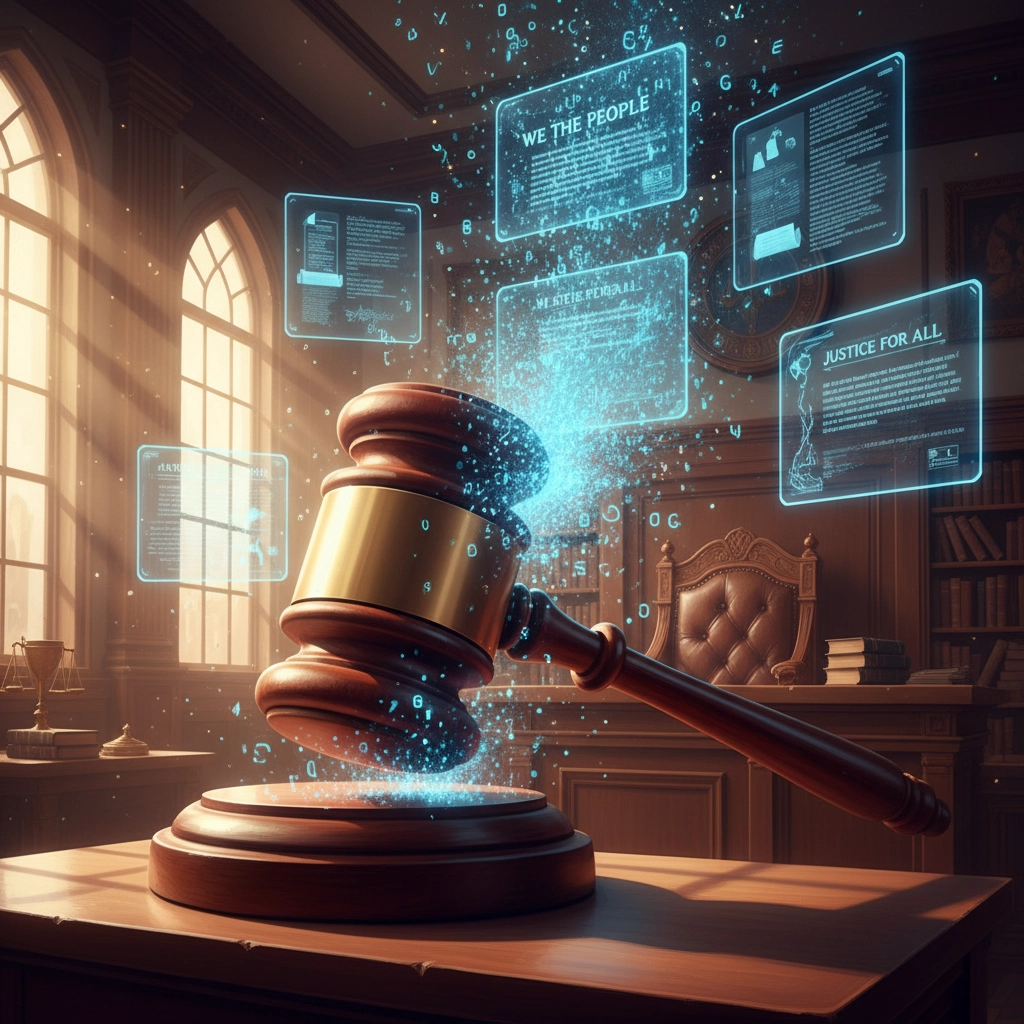
What's Next for Deepfake Laws
The TAKE IT DOWN Act is just the beginning. Congress has several bills in the pipeline that could reshape how we handle synthetic media even more dramatically.
The DEFIANCE Act would let deepfake victims sue for up to $250,000 in damages. The Protect Elections from Deceptive AI Act targets political deepfakes specifically. The NO FAKES Act goes after unauthorized voice and likeness replication.
These aren't just theoretical anymore. With 48 states already having some form of deepfake regulation, and the federal government finally stepping up, we're looking at a completely different digital landscape by the end of 2025.
The international angle matters too. As the EU, UK, and other countries implement their own rules, American companies operating globally have to navigate an increasingly complex web of requirements. That complexity actually helps regular users – it forces platforms to implement stronger protections across the board rather than creating different rules for different regions.

But here's what nobody's talking about yet – enforcement. Having laws on the books is one thing. Actually catching and prosecuting deepfake creators across international boundaries is another challenge entirely. The technology often moves faster than the legal system can keep up.
That's why your personal vigilance still matters so much. The new deepfake regulation 2025 framework gives you tools to fight back, but you've got to know they exist and how to use them.
The next year will be crucial as platforms implement their new compliance systems and law enforcement agencies figure out how to actually investigate these crimes effectively. Early results suggest we're heading in the right direction, but it's going to be a bumpy ride.
What's your biggest concern about deepfakes – getting fooled by fake news, having your own image misused, or something else entirely?
